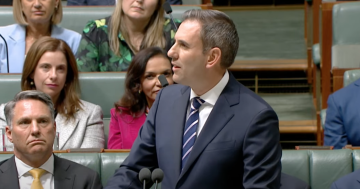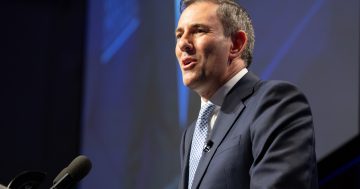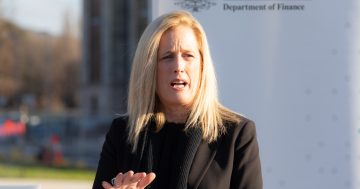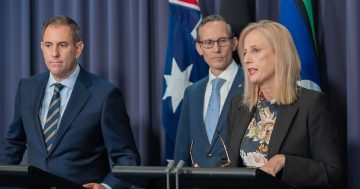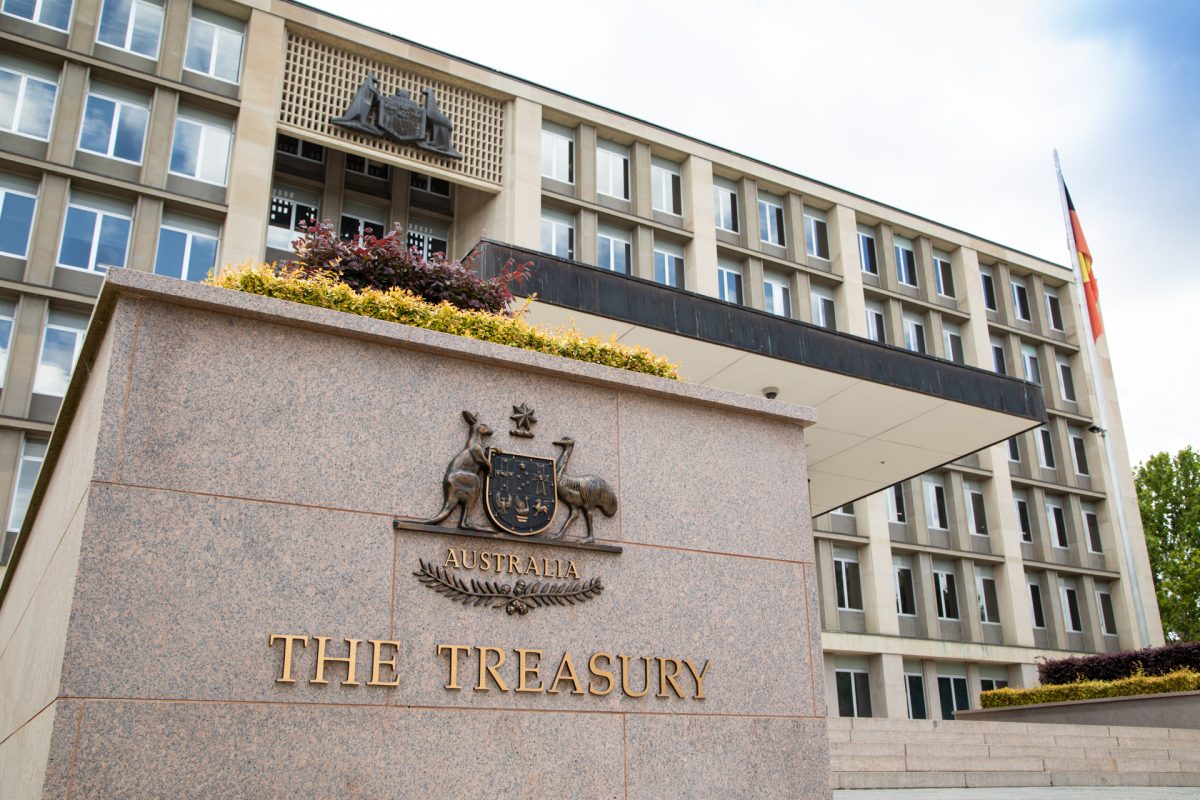
In Treasury and agencies across the APS, public servants work tirelessly on the federal budget. Photo: Michelle Kroll.
It’s the second Tuesday in May – it must be time for a federal budget.
While that hasn’t strictly always been the case in recent years thanks to a pandemic and an election, we got back on schedule in 2023.
Treasurer Jim Chalmers will approach the despatch box tonight (just as he did this time last year) and tell us how the nation is faring and what the government plans to do about it.
Much of the budget has been officially released, which makes an irony of all the palaver and faux concern over leaks and market impacts.
There’s still more to reveal today, but probably not much by way of grand announcements or ‘investment’.
While a lot has been said and written of late about the cynicism of the whole process, let’s turn our attention today to one reason why it might be a good thing to employ the tactics of a staged rollout of budget initiatives.
Sure, the government uses it for political advantage and why wouldn’t it?
But announcing and ‘dropping’ budget measures strategically in the lead-up to the big day is also a positive for the Australian Public Service.
Public servants are largely meant to be the unseen, silent workforce behind the government of the day, leaving the politicians to sell policy measures and reap praise or otherwise for them.
That’s how it should be. That’s our system.
So if the public service gleans satisfaction from the public release of its work, then budget time offers the best opportunity for such reward.
Government departments work on a federal budget for months, starting on the next one as soon as work on the current one is signed off.
In the months immediately before the budget’s release, it is around-the-clock work for many public servants.
It would be a pity, then, if every single budget measure had to be released on budget night when the Treasurer rose, everything handed out together all at once, inevitability losing some (much) of it in the mix.
Providing an opportunity to pat the public service on the back is the furthest thing from the minds of political strategists deciding when to release which budget announcements, yet the fragmented nature of modern-day budget announcements gives the APS just that.
The good folk at the Education Department have had an opportunity to quietly bask in their hard work being released, debated, praised.
Student debt relief has been talked about for days. There’s been space for that public discussion.
Similarly, those at the Department of Infrastructure, Transport, Regional Development, Communications and the Arts have seen a number of policies they’ve worked on publicly aired without them being swamped by every other agency’s news.
Over the past weeks, the Health Department, Services Australia, Agriculture, and many more have been afforded the chance to see their efforts publicly released and given time in the sun.
At Defence, public servants were given ample time to see their work on the National Defence Strategy and Integrated Investment Plan (a budget measure by any measure) lauded and critiqued.
That’s without even mentioning the tireless efforts at Treasury and Finance.
The APS itself will feature in the budget’s spending initiatives, as it always does, with cuts and increases to the various departments and agencies.
This year’s budget will have a particular focus on the sector, with continuing measures to employ more actual public servants while further reducing the reliance on external contractors.
It’s definitely the case that budget releases before the budget are completely designed and calculated to invite kudos to the government and its individual ministers.
But on this budget morning, while all the commentary centres on what else might be in the yet-to-be-revealed “highly protected” document, there is enough out there to already take a moment to acknowledge the mammoth task of the public service in pulling it all together.
Original Article published by Chris Johnson on Riotact.


